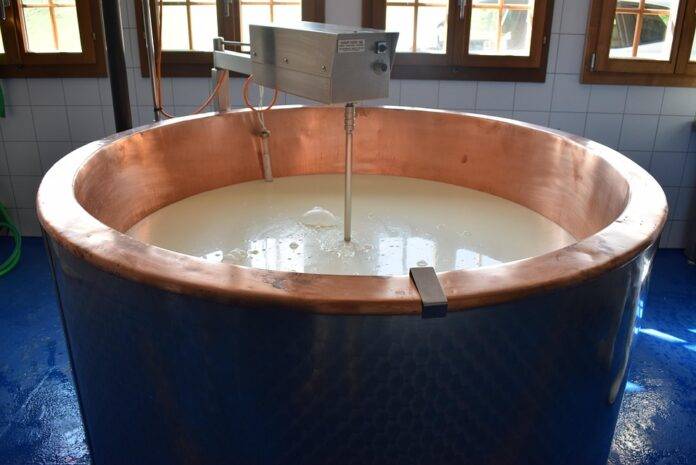Introduction
Whey is a valuable by-product of cheese making that has gained popularity in recent years due to its numerous health benefits and versatile applications in the food industry. In this report, we will explore how whey is produced as a by-product of cheese making, highlighting the process, key players in the industry, financial data, and industry insights.
Production Process
Cheese Making
Cheese making is a complex process that involves the coagulation of milk proteins, followed by the separation of curds and whey. During the cheese making process, enzymes such as rennet are added to milk to coagulate the proteins, forming curds. The curds are then pressed and aged to create cheese, while the liquid whey is separated as a by-product.
Whey Separation
Once the curds are formed and removed for cheese production, the remaining liquid whey is separated through a filtration process. The whey is then pasteurized to ensure food safety and quality before being further processed into various whey products.
Key Players in the Industry
Leading Cheese Manufacturers
Some of the leading cheese manufacturers that produce whey as a by-product include companies like Kraft Heinz, Lactalis, Arla Foods, and FrieslandCampina. These companies have established themselves as key players in the dairy industry, utilizing whey in various products to maximize its value.
Specialized Whey Processors
There are also specialized whey processors that focus specifically on extracting and processing whey from cheese making. Companies like Glanbia Nutritionals, Fonterra, and Hilmar Ingredients are known for their expertise in whey processing and innovation in whey-based products.
Financial Data
Revenue from Whey Products
The global whey protein market is estimated to be worth over $10 billion, with whey protein isolates accounting for a significant portion of the market. Cheese manufacturers and specialized whey processors generate substantial revenue from whey products, driving growth in the industry.
Investment in Whey Processing Technology
Companies in the dairy industry are investing heavily in whey processing technology to improve efficiency and product quality. Advanced filtration and separation technologies are being used to extract valuable components from whey, creating high-value whey products for the market.
Industry Insights
Health Benefits of Whey
Whey is known for its high protein content and rich amino acid profile, making it a popular choice among athletes and health-conscious consumers. Whey protein supplements are widely consumed for muscle building and weight management, driving demand for whey products in the market.
Applications of Whey in Food Industry
Whey is used in a wide range of food products, including protein bars, beverages, bakery goods, and infant formula. Its functional properties, such as emulsification and foaming, make it a versatile ingredient in food manufacturing, leading to innovative product development in the industry.
In conclusion, whey production as a by-product of cheese making plays a crucial role in the dairy industry, providing valuable ingredients for various food products and generating significant revenue for companies. With ongoing investments in whey processing technology and growing consumer demand for whey products, the future looks promising for the whey industry.



